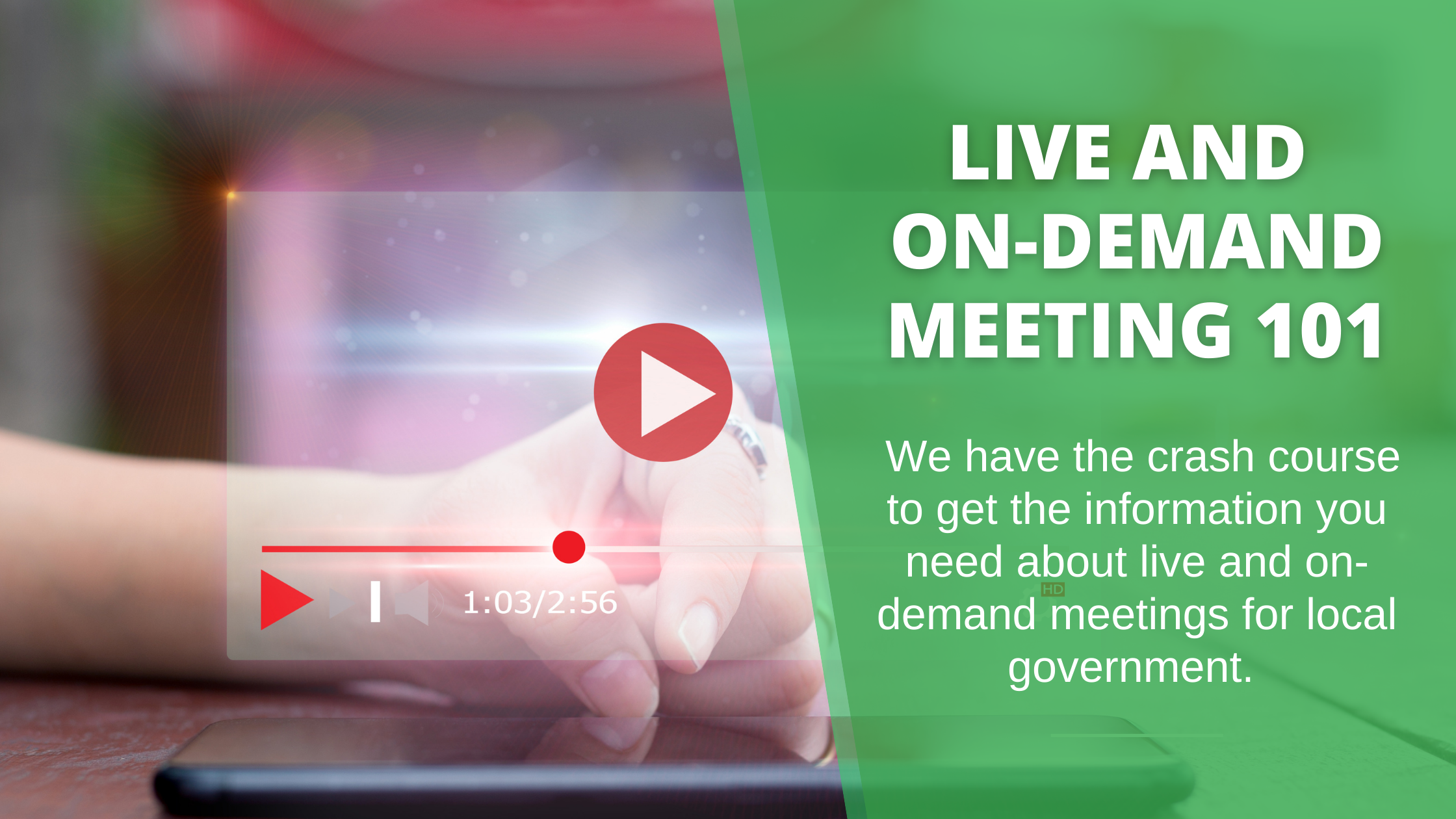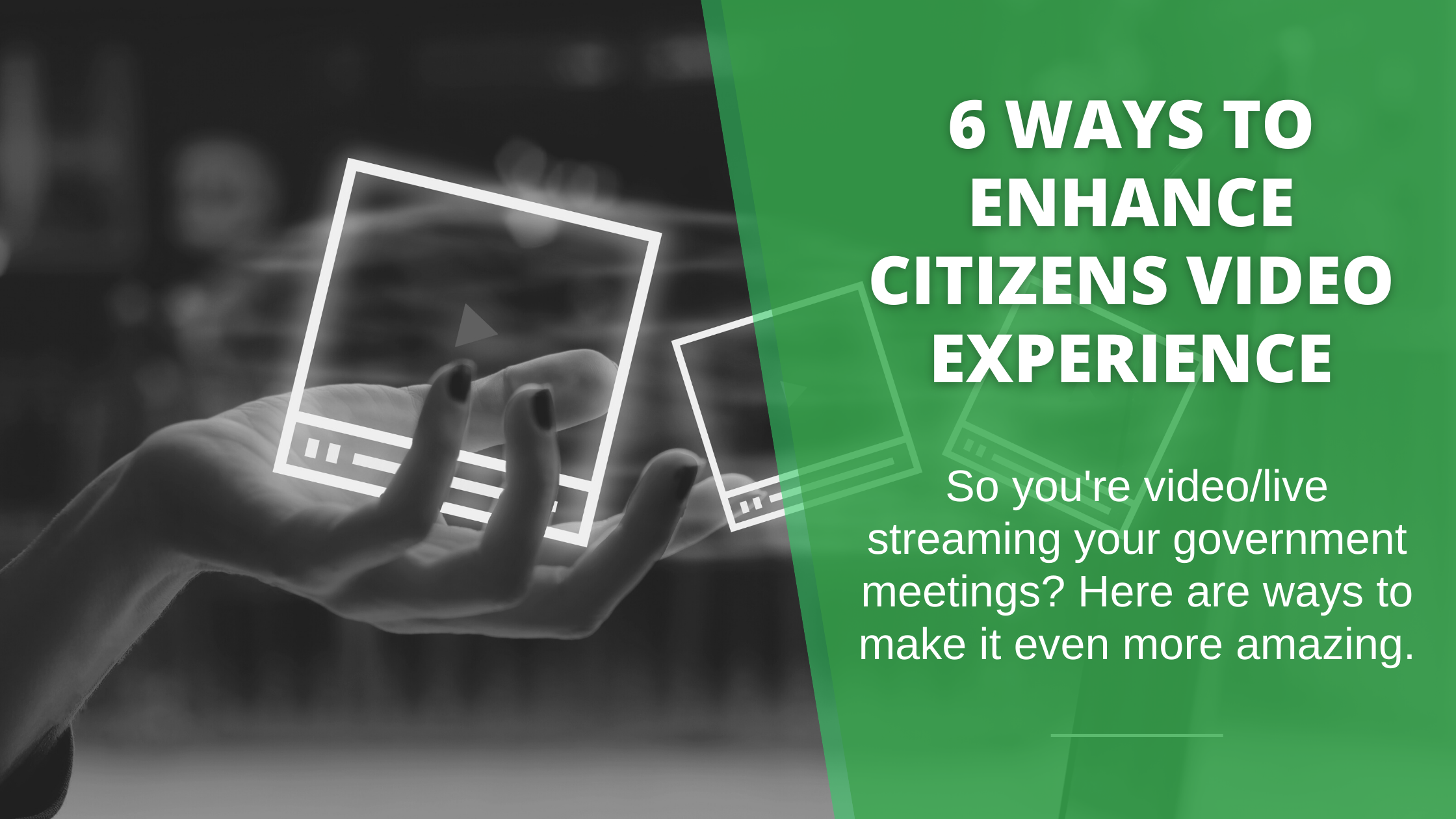Live and on-demand meetings may seem like a foreign concept for local government, but it doesn't have to be. This resource helps reach a more expansive audience, and meeting tools help empower city staff and constituents alike to access information. Understanding lives and on-demand meetings on a more extensive level will elevate local government both internally and externally.
We're going to take a deep dive into live and on-demand meetings with this crash course for everything you need to know, but first, let's get some background.
Setting the Scene
Let’s imagine we’re in a typical local government meeting room, there’s probably a platform or dais where members of city staff or panelists are seated. There may be a podium for guest speakers or audience comments, maybe a large video monitor, projection screen, or whiteboard. Typically, there is a seating area where an audience can watch the presentation. Sometimes the scenario may be less formal, like a lecture hall or auditorium with limited audience seating.
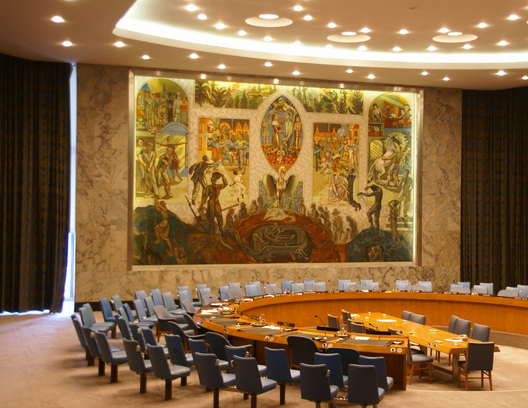
Now that we’ve set the scene for what a typical government meeting might look like, let’s get into how that might be recorded or broadcasted.
Questions to Answer
- If you wanted to record or broadcast a meeting in that room, where do you set up your video cameras and operators?
- Can you safely arrange their power cords and cables?
- Where do you set up the video director or engineer’s command station, wired and loaded up with monitors, switchers, maybe a graphics generator, and the control board or panel?
- Do you have tools like a recorder, encoder, broadcast switcher, router cabling, and servers that you need in order to broadcast that video stream out to the internet and/or cable channel?
- Can you leave your equipment set up permanently, or do you need to store it in a secure location between meetings?
- Who sets up the broadcasts, who ensures they stream flawlessly, and who maintains the accessible video archive playout on your website?
A professional-quality remote broadcast switching solution can handle it all for you – hands-free.
How Does a Complete Remote Broadcast Switching Solution Work?
More than just a streaming or production service, a complete remote broadcast switching solution is a fully integrated system that redefines and simplifies your entire meeting video process – from hardware components to camera operators, to production engineers, to streaming video delivery, and more.
Sounds complicated? It doesn’t have to be! Let’s step back and look at the big picture first. In a nutshell, key ingredients in any broadcast solution include:
-
- Equipment
- Physical setup and installation
- Broadcast production crew
- Video Post Production, Delivery, and Storage for On-Demand Viewing
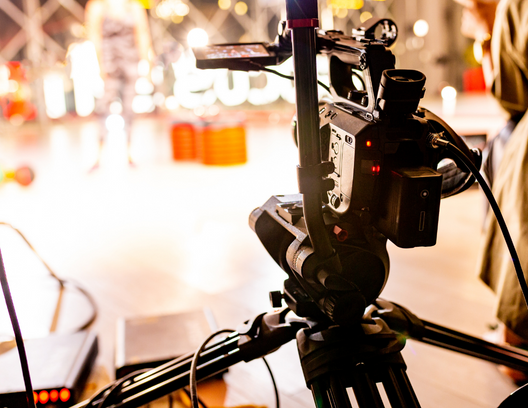
Equipment Shopping List
Let’s think about your broadcast equipment. If you’re starting from scratch and assembling a piecemeal system, you’ll have to determine what you’ll need, and make sure it’s compatible with your existing setup – of course without exceeding your budget. The list of video/broadcast equipment looks like this:
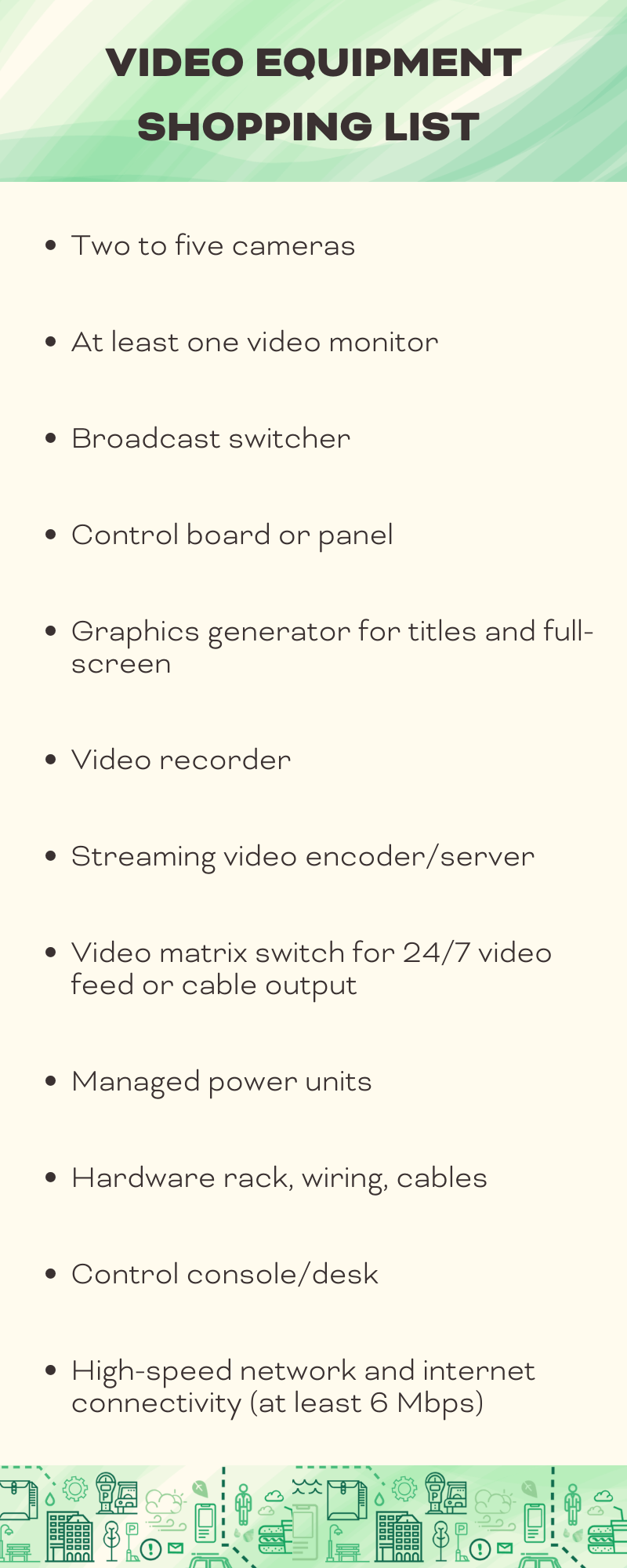
Physical Setup and Installation
In addition to your equipment selection, you’ll also have to make plans for its physical setup and installation. Here are some factors to consider:
-
- Will the setup be permanent or temporary?
- Who will set up or install the equipment?
- Where should you place your cameras and command station? Considerations include:
- Power and data cabling
- Operator accessibility, if needed
- Line-of-sight placement of cameras for optimal video framing
- Security – protection against theft or unauthorized use
- Network connectivity
Broadcast Production Crew
Finding competent, reliable broadcast production crew members can be a challenge. Even if you already have volunteers or staff on board with those skills, are they always available when you need them? Do they have experience installing this special type of equipment?
If you’re assembling your broadcast team from scratch, think about those specific needs, which can include: the qualifications, requirements, knowledge, and abilities required for each position
Video Post Production, Delivery, and Storage for On-Demand Viewing
You will probably want to fix up your recording afterward, especially to increase your viewership and accessibility. Maybe you need to trim off some dead air at the beginning or end of your recording. Perhaps you’d like to index the video with your meeting agenda to create content jump points. Or you may be required to add closed captioning, another best practice for video/live streaming.
After that, you need to somehow deliver your video to a remote audience. Cable TV and/or the internet are the two best options. Most viewers today prefer internet streaming video because it’s convenient, mobile-accessible, and available on-demand. It might be easy for your viewers, but there are challenges for you as the broadcaster:
.png?width=800&name=Two%20to%20five%20cameras%20At%20least%20one%20video%20monitor%20Broadcast%20switcher%20Control%20board%20or%20panel%20Graphics%20generator%20for%20titles%20and%20full-screen%20Video%20recorder%20Streaming%20video%20encoderserver%20Video%20matrix%20switch%20for%202%20(1).png)
It may seem like these factors are overwhelming, especially if you don’t have a dedicated IT or video team. Fortunately, there’s a way to simplify and expedite the process– by implementing a complete end-to-end hands-free remote broadcast switching solution like Avior™.
Interested in learning even more? Swagit has set up hundreds of these productions, and we have years of experience. We can provide a custom broadcast experience that will exceed your expectations.
